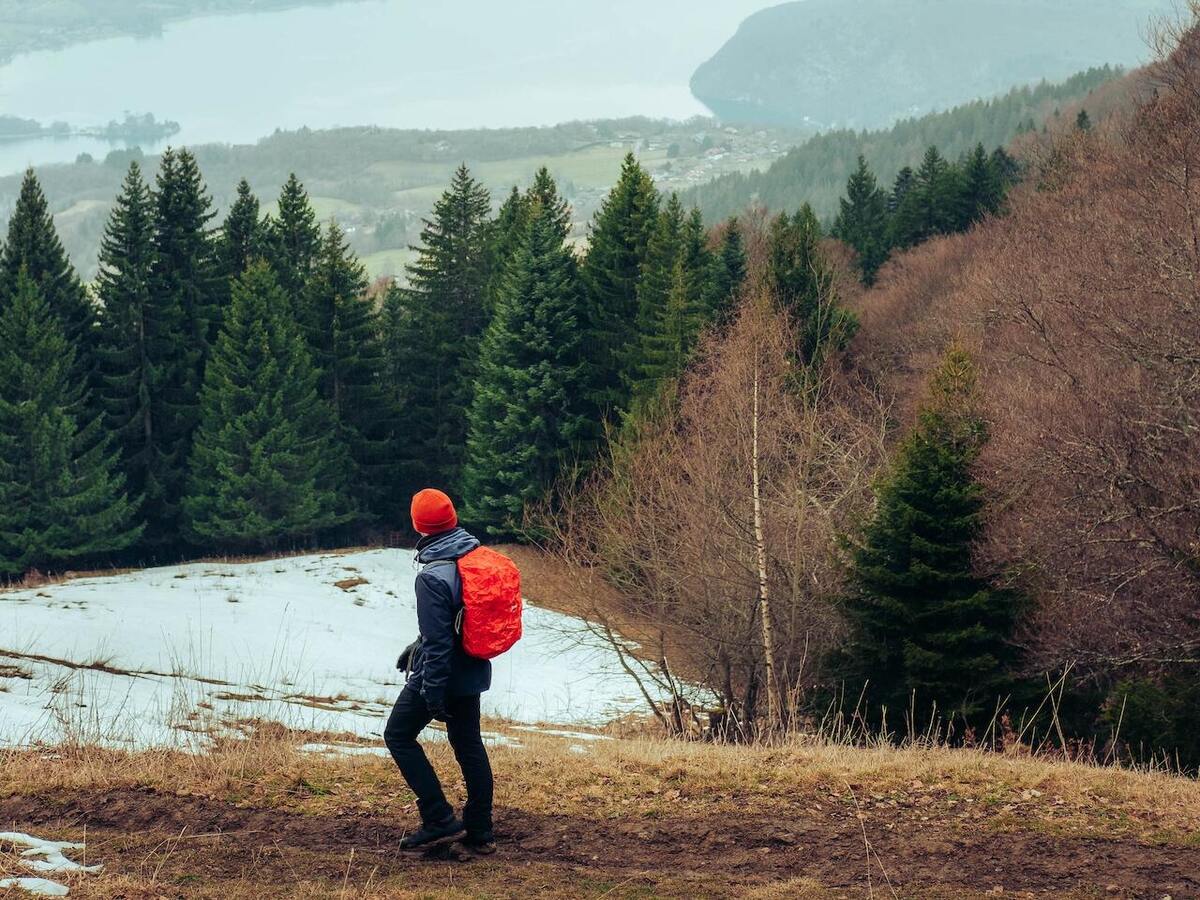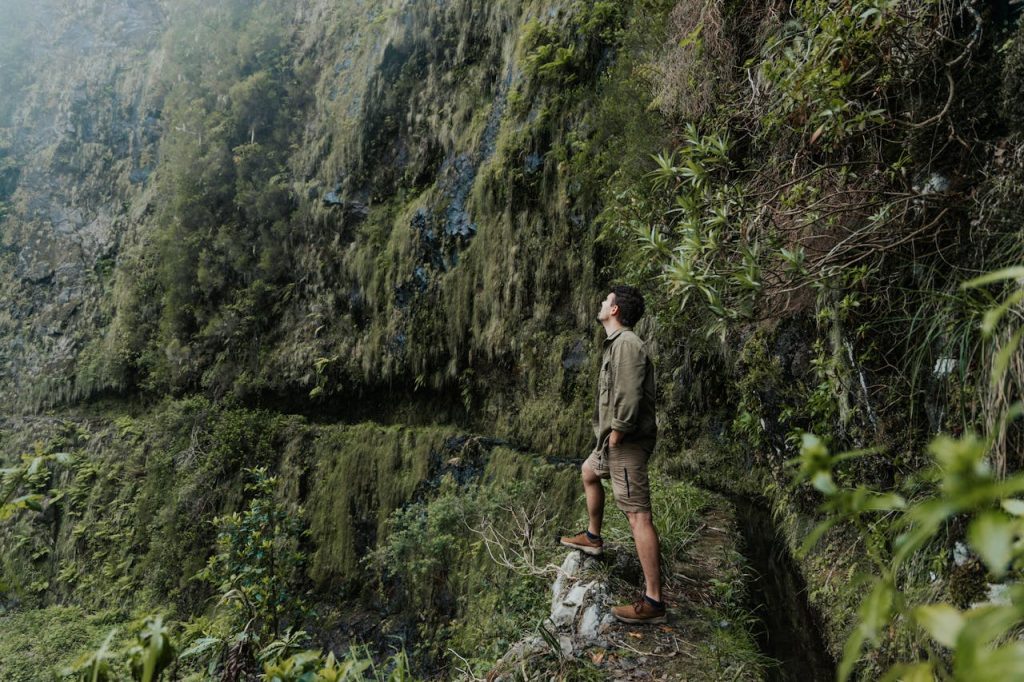Do you find yourself bored of the same old routine and longing for a chance to escape into nature while getting some exercise? Look no further than hiking! Hiking is a fantastic hobby that allows you to explore the great outdoors and provides numerous health benefits. Hiking has everything from boosting your mood and reducing stress to improving cardiovascular health and building endurance. If you’re new to hiking, don’t worry – With this guide, you’ll have all the information on how to start hiking as a hobby. So lace up those hiking boots, pack your backpack, and prepare to embark on an exciting journey through the trails!
Getting Started: How to Start Hiking as a Hobby
Table of Contents
ToggleHiking is a fantastic way to connect with nature and stay active, but starting slowly and building up your endurance is essential if you’re new to hiking.
Importance of Starting Slowly and Building Endurance
If you’re new to hiking, starting slowly and gradually increasing your distance and difficulty level is essential. This will help prevent injuries and allow your body to adjust to the demands of hiking.
Start by taking short hikes on easy trails and gradually increase the distance and difficulty level as you feel comfortable. This will help you build up your endurance and allow you to enjoy longer and more challenging hikes in the future.
Remember, hiking is not a race – it’s about enjoying the journey and taking in the beauty of nature. So, take your time and enjoy the experience!
How to Choose the Right Trail for Your Skill Level
Choosing the right trail for your skill level is important for a safe and enjoyable hiking experience.
- Distance: Start with shorter trails and gradually increase the distance as you build your endurance.
- Elevation gain: Choose a trail with a moderate elevation gain to start, and gradually increase the elevation gain as you feel comfortable.
- Trail conditions: Choose a well-maintained trail with a clear path and minimal obstacles to starting.
- Weather: take a quick peek at the weather forecast to ensure a safe and enjoyable hiking experience! Avoid hiking in extreme weather conditions.
It’s essential to be honest with yourself about your skill level and choose a trail appropriate for your fitness level and hiking experience. Don’t push yourself too hard, and always prioritize your safety.
How to Prepare for a Hike
Preparing for a hike is as important as choosing the right trail and gear.
Check the weather forecast:
Check the weather forecast before heading out and pack accordingly.
Plan your route:
Planning your route is a good idea to ensure a smooth and stress-free hiking adventure. Be sure to bring a trusty map and compass (and brush up on how to use them, just in case!). With your navigation tools at the ready, you can confidently explore the trails without getting lost.
Tell someone your plans:
Let someone know where you’re going and when you plan to return.
Dress appropriately:
Wear comfortable, moisture-wicking clothing and dress in layers to prepare for changing weather conditions.
Pack your backpack:
Pack your backpack with all the essentials you’ll need for your hike.
Stretch:
Warm up and stretch before starting your hike to prevent injuries.
Following these tips will prepare you for a safe and enjoyable hiking experience. Remember, always prioritize your safety and be ready for any situation that may arise on the trail.
Choosing the Right Hiking Gear
Having the proper gear is essential for a safe and enjoyable hiking experience. From clothing and footwear to backpacks and other essential gear, here are some tips to help you choose the right hiking gear.
Clothing: What to Wear and What to Avoid
When it comes to hiking clothing, the key is to choose comfortable, moisture-wicking clothing that will keep you dry and comfortable throughout your hike.
Avoid cotton: Cotton clothing can retain moisture and become heavy and uncomfortable, making it challenging to regulate your body temperature. Instead, opt for moisture-wicking synthetic or wool clothing that will keep you dry and comfortable.
Dress in layers: Dressing in layers allows you to adjust your clothing as your body temperature changes throughout your hike. Begin with a moisture-wicking base layer, throw on an insulating layer for warmth, and top it off with a breathable and waterproof outer layer. With these layers, you’ll be fully equipped to brave any weather conditions the trail may throw your way.
Choose the right fit: Choose clothing that fits well and allows for a full range of motion. Avoid clothing that is too tight or loose, which can restrict movement and cause discomfort.
Footwear: Types of Hiking Boots and Shoes
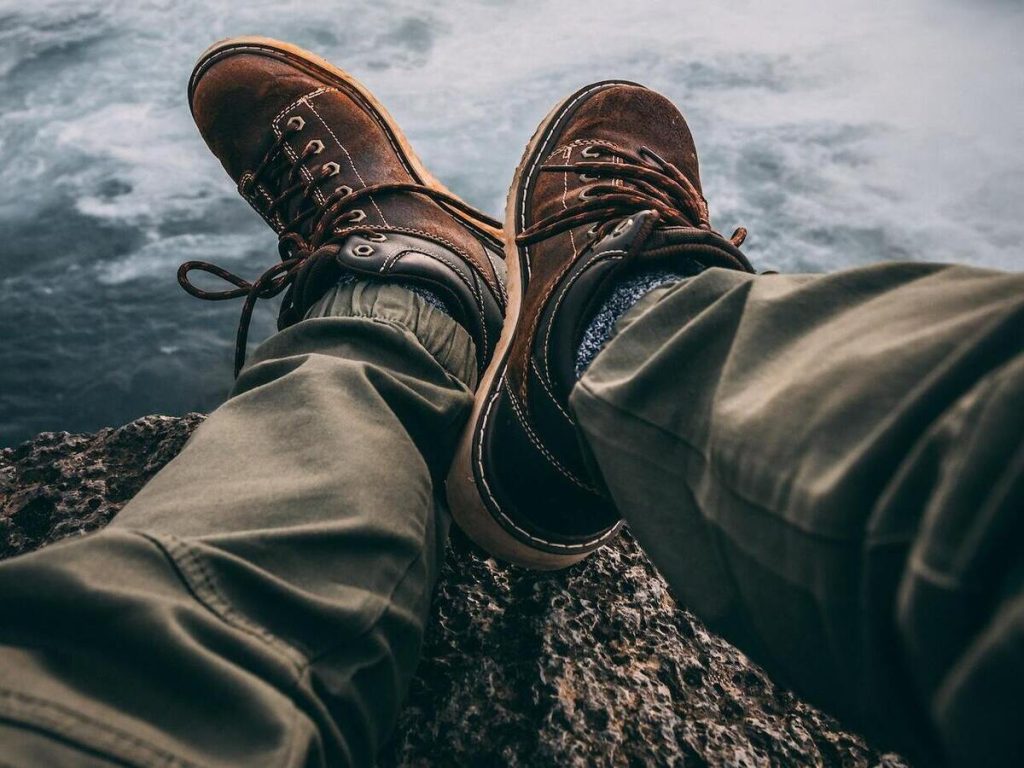
Choosing the right footwear is essential for a safe and enjoyable hiking experience. Here are some types of hiking boots and shoes to consider:
Hiking shoes:
They are lightweight and flexible, making them ideal for short hikes on easy trails.
Trail runners:
Trail runners are similar to hiking shoes but are designed for running on trails. They are lightweight and provide good traction but may offer less support than hiking boots.
Hiking boots:
Hiking boots provide more support and ankle stability than hiking shoes or trail runners, making them ideal for longer hikes on more challenging terrain. They come in various styles, from lightweight and flexible to heavy-duty and rigid.
When choosing hiking boots or shoes, choosing a pair that fits well and provides the right support and traction for your needs is important.
Backpacks: How to Choose the Right Size and Features
A backpack is essential for any hiking trip, as it allows you to carry all the gear and supplies you’ll need for your hike.
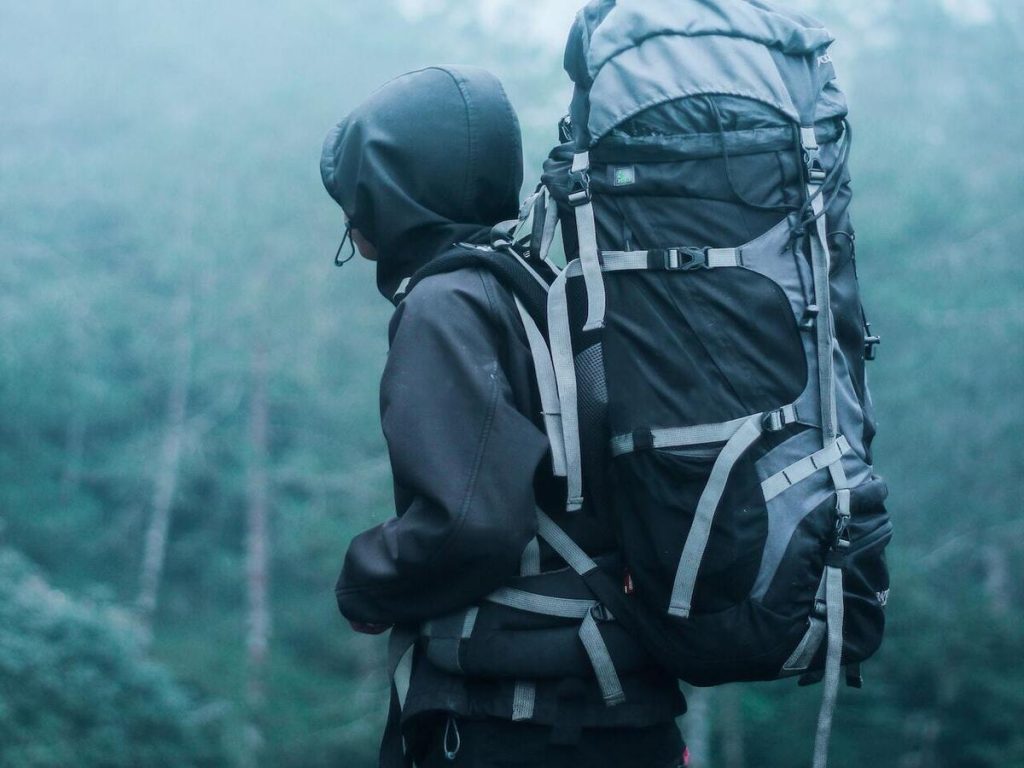
Choose the right size:
Choose a backpack that is the right size for your needs. A backpack with a 20-35 liters capacity for day hikes should be sufficient. You may need a larger backpack with 40-60 liters or more capacity for longer hikes or overnight trips.
Consider features:
Look for a backpack with adjustable straps, a padded back panel, and a hip belt for comfort and support. Also, look for pockets and compartments to help you organize your gear.
Try it on:
Before purchasing a backpack, try it on and adjust the straps to ensure a comfortable and secure fit.
Other Essential Gear:
In addition to clothing, footwear, and a backpack, you’ll need several other essential items for a safe and enjoyable hiking experience. Here are some things to consider:
Drinking water or hydration system:
Staying hydrated is key during a hike, so bring a water bottle or hydration system that’s easy to tote and can quench your thirst. Choose a container that suits your needs and won’t weigh you down as you explore the great outdoors!
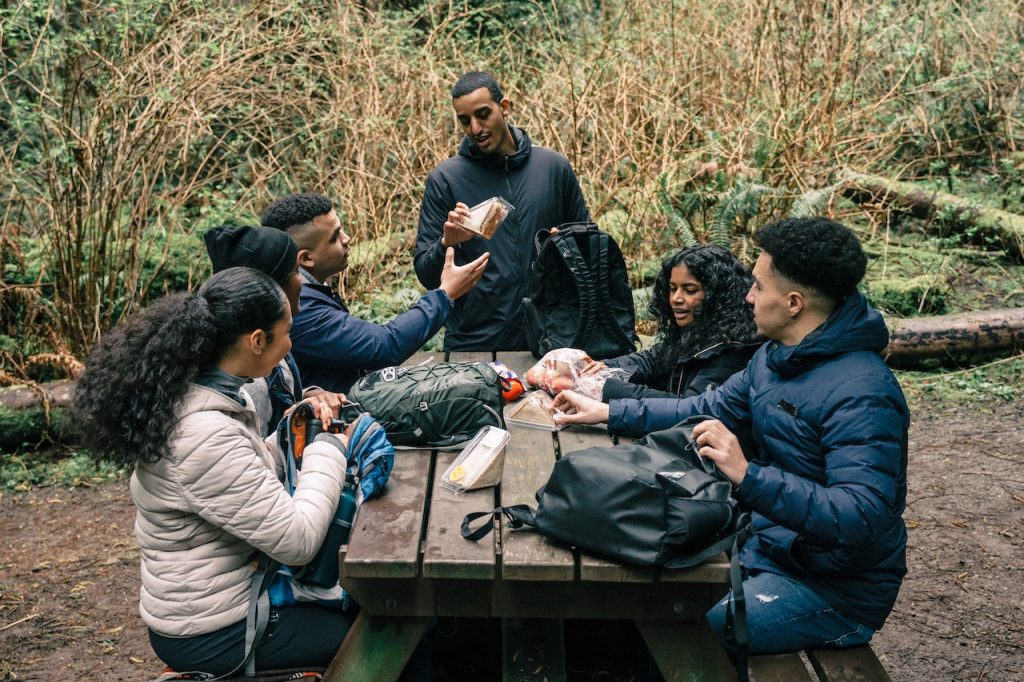
Snacks:
Pack energy-rich snacks to keep you fueled throughout your hike.
Related Articles: What to Eat Before, During and After a Hike
Sunscreen and sunglasses:
Don’t let the sun put a damper on your hike – protect your skin and eyes by lathering up with sunscreen and slipping on a pair of shades! These simple steps will help you enjoy your trek without worrying about sunburn or squinting in the bright light.
First aid kit:
No one plans on getting hurt, but it’s always better to be safe than sorry! Remember to pack a trusty first aid kit with essentials like bandages, antiseptic, and pain relievers. With this kit by your side, you’ll be prepared to handle any bumps, bruises, or blisters that may come your way.
Navigation tools:
Always carry a map and compass (and know how to use them)
And consider bringing a GPS device or smartphone with GPS capabilities for added navigation assistance.
Building Endurance and Fitness
Hiking can be physically demanding, so staying fit and building endurance to enjoy it to the fullest is important. Not only will you be able to hike longer distances and more challenging trails, but you’ll also reduce the risk of injury and fatigue.
One way to build hiking endurance is to exercise regularly, which targets your cardiovascular system and muscles. Incorporating cardiovascular exercises like running, cycling, or swimming into your routine can help boost your overall fitness and build your endurance for those challenging trails. So, lace up those sneakers or hit the pool – your next hiking adventure will thank you!
Add strength training exercises like squats, lunges, and deadlifts to your routine! These moves will help you build up the muscles in your legs, core, and upper body to tackle steep inclines and rocky terrain easily. So, get ready to squat, lunge, and lift your way to your next adventure!
In addition to regular exercise, you can also improve your hiking endurance by incorporating hiking-specific practices into your routine. These exercises can help target the specific muscles used during hiking, such as your quads, hamstrings, glutes, and calves. Hiking-specific exercises include stair climbing, hill repeats, and lunges with a weighted backpack.
Another way to increase your strength and stamina for hiking is to hike with weights. Start with a light backpack and gradually increase the weight as your endurance and strength improve. This will help you build the muscles needed for hiking and improve your endurance for longer, more challenging hikes.
By staying fit and building endurance, you’ll be able to tackle more challenging hikes and enjoy the beauty of nature without feeling fatigued or out of breath.
Staying Safe While Hiking
Understanding common hiking hazards, such as weather, wildlife, and terrain Preparing for emergencies, including first aid training and carrying emergency supplies Hiking with a buddy or group and letting someone know your hiking plans Leave No Trace principles and responsible hiking etiquette.
Hiking is a fantastic way to connect with nature and feel accomplished, but remember safety first! Taking the necessary precautions to ensure a fun and incident-free trip is crucial. So, before you hit the trails, it’s important to understand the potential hazards, such as extreme weather conditions, wildlife encounters, and challenging terrain.
One way to prepare for potential emergencies while hiking is to undergo first aid training and carry an emergency kit with you on your hike. Your emergency kit should include essential items such as a map and compass, whistle, water, food, extra clothing, and a first aid kit.
In addition to preparing for emergencies, it’s also a good idea to hike with a buddy or group and let someone know your hiking plans, including your expected return time. This can help ensure that you are accounted for and can receive assistance if needed.
Hiking Etiquette
Hiking is an activity that brings us closer to nature and allows us to disconnect from the chaos of our daily lives. But with the increasing popularity of hiking, it’s important to remember that we’re not alone on the trails. Respecting nature and other hikers is crucial to ensure everyone can continue to enjoy the outdoors.
In this section, we’ll explore hiking etiquette and how to find the perfect trail for you.
Leave No Trace principles:
This set of principles teaches hikers how to reduce their environmental impact. Preserving the natural beauty of trails and leaving them as they were found is ensured by adhering to the seven principles, which encompass proper waste disposal, staying on designated paths, showing respect for wildlife, and minimizing the impact of campfires on others.
Yielding:
When encountering other hikers, the general rule is to yield to those going uphill. This allows those hikers to maintain their momentum and avoid losing their footing. Additionally, if you’re hiking with a pet, ensure they’re always on a leash and under control.
Passing:
When passing other hikers, it’s important to announce your presence and ask if it’s safe to pass. This is especially important on narrow trails where passing can be challenging. Additionally, if you’re hiking in a group, hike single-file to avoid blocking the trail.
Trail maintenance:
If you notice any trash or debris on the trail, pick it up and dispose of it properly. Additionally, if you encounter any obstacles or hazards on the trail, report them to the appropriate authorities.
Finding Hiking Trails:
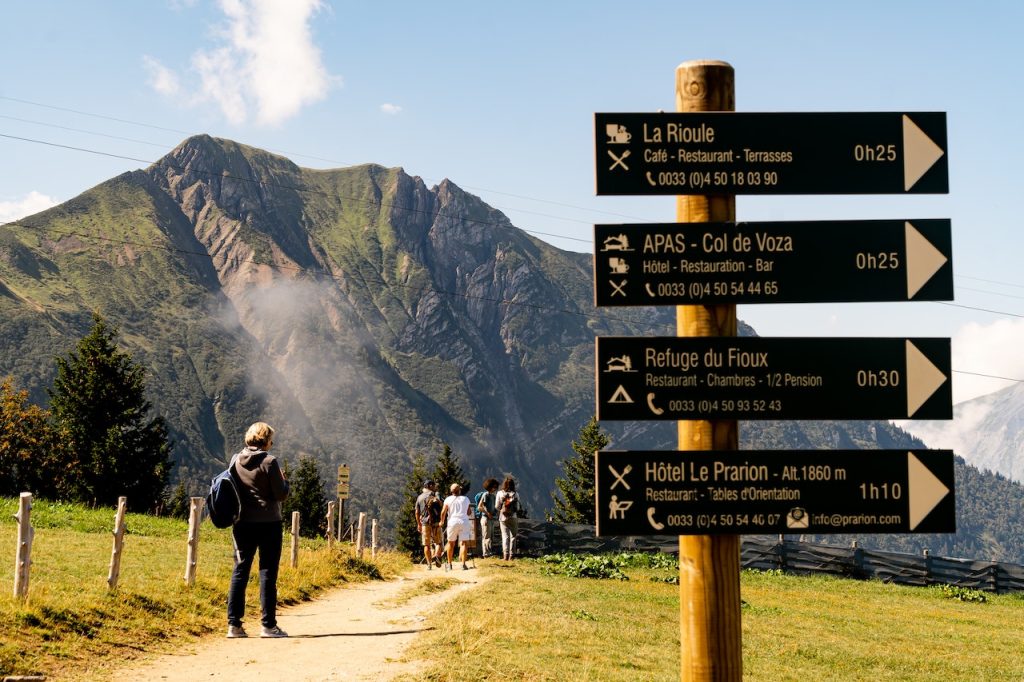
Finding the right hiking trail can be daunting, especially if you’re new to the hobby. But with some research, you can find the perfect trail that matches your interests and skill level. Here are some resources for finding hiking trails:
Local resources:
Check with your local parks and recreation department for information on hiking trails in your area. They may have maps or brochures that list the trails’ difficulty level and other pertinent information.
Online resources:
Want to find the perfect hiking trail for your next outdoor excursion? Look no further than the internet! You can uncover a wealth of information with just a few clicks on hiking trails near you – from trail difficulty to scenic views and everything in between. So why take advantage of this treasure trove of knowledge and start planning your next hiking adventure today?
Choose a trail based on your interests:
Are you interested in bird watching or wildflowers? Do you want a challenging hike or a stroll? Choosing a trail based on your interests can make your hiking experience more enjoyable. Look for trails that offer the scenery and activities you enjoy.
You can find the perfect trail for your next adventure by following hiking etiquette and using these resources.
FAQs:
Q: Do I need to bring a map when hiking?
A: It’s always a good idea to bring a map and a compass when hiking. Even if you’re using a GPS device, a map can provide valuable information on the trail and surrounding area.
Q: What should I do if I encounter wildlife on the trail?
A: Stay calm and keep your distance. Refrain from approaching or feeding the wildlife, and give them plenty of space to move around. If you’re hiking in bear country, carry bear spray and know how to use it.
Q: Can I bring my dog hiking with me?
A: Yes, many hiking trails allow dogs, but make sure to check the trail regulations before bringing your pet. Additionally, make finding Hiking Trails
- Local resources for finding hiking trails
- Online resources for finding hiking trails
- How to choose a hiking trail based on your interests
Q: Is hiking a dangerous hobby?
A: Hiking can be dangerous if proper safety precautions are not taken. However, you can minimize the risks by choosing the right trail, preparing correctly, and practicing good hiking etiquette. It’s important to know hazards such as steep drops, slippery terrain, and inclement weather.
Q: Do I need expensive gear to start hiking?
A: No, expensive gear is not necessary to start hiking. While investing in quality gear can make your hiking experience more comfortable, many affordable options are available. Start with the basics, such as sturdy footwear, a comfortable backpack, and appropriate clothing for the weather.
Q: Can I bring my dog hiking with me?
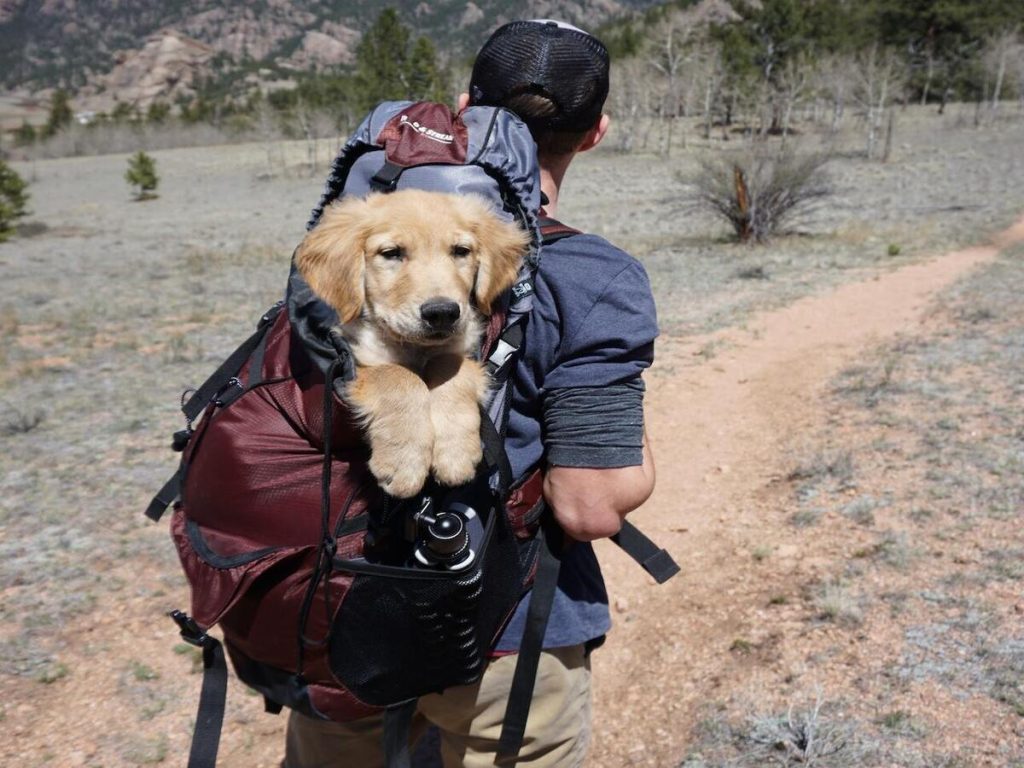
A: Many hiking trails are dog-friendly, but checking before bringing your dog along is important. Some trails may have restrictions or require leashes. Always clean up after your dog, and be mindful of other hikers and wildlife.
Q: How do I know if a trail is too difficult for me?
A: Choosing a trail that matches your skill level and fitness level is important. Research the trail’s difficulty and length before setting out, and be honest about your abilities. It’s better to start with a more accessible trail and work up as you build endurance and experience.
Q: Can I hike alone?
A: Hiking alone is not recommended, especially for beginners. Having a hiking companion for safety reasons and sharing the experience is crucial. If you must hike alone, always tell someone your itinerary and expected return time, and carry a personal locator beacon or other emergency communication device.
Conclusion
Hiking is a beautiful hobby providing numerous physical and mental health benefits. By starting slowly, choosing the right gear, building endurance, and staying safe, you can enjoy all that nature offers while improving your overall fitness and well-being.
Always prepare for your hike, stay safe, and practice responsible hiking etiquette. With the right mindset and preparation, hiking can be a lifelong hobby that brings you closer to nature and improves your overall quality of life.

